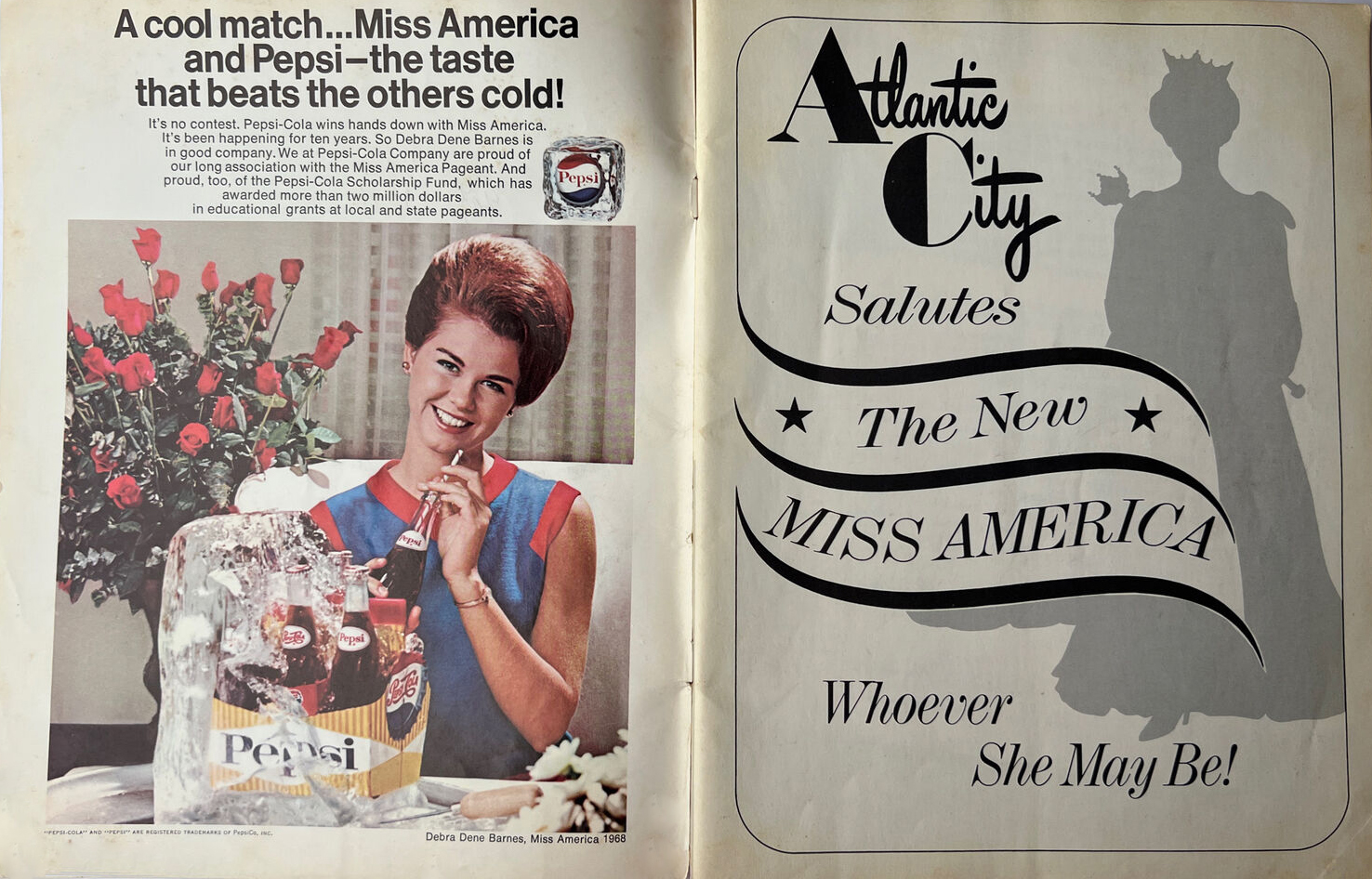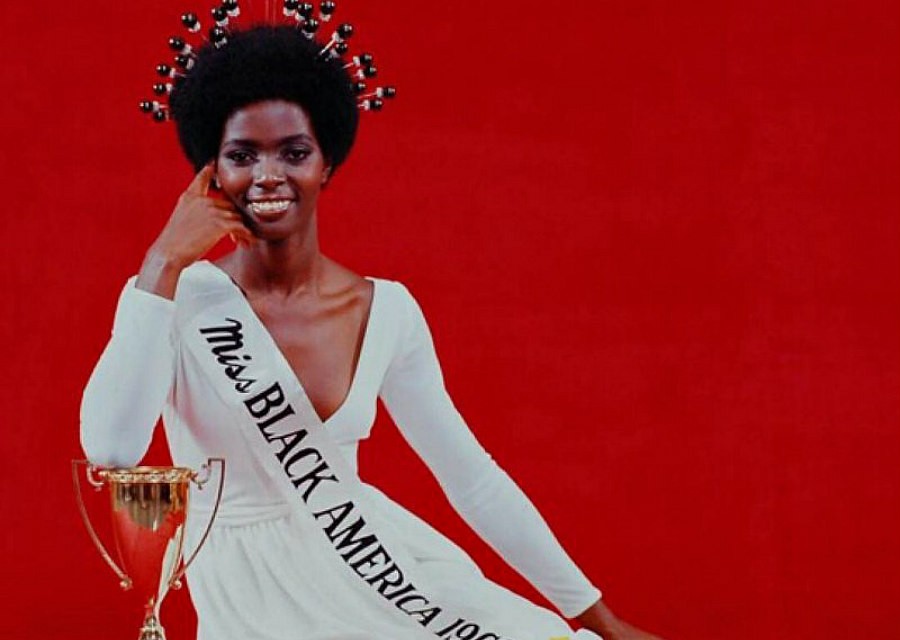
by Victoria Lucas
!NEWS BULLETIN!
Since those of you reading this might not be familiar with events in Berkeley, California, I thought I should report here the death of James Rector, a 25-year-old man shot by a sheriff deputy while on a roof watching the protest against the destruction of community improvements to a vacant lot belonging to the University of California, otherwise known as "People's Park."
Shot on May 15, he died on the 19th after several surgical attempts to repair vital abdominal organs damaged by the load of buckshot. A similar volley blinded another man, Alan Blanchard, on the same roof on the same day. If you have an urge to climb onto a roof to view a protest, suppress it. Law enforcement authorities do not recognize buckshot as lethal and are allergic to perceived threats from above. (I am quite opinionated about events like this. You may wish to seek other reports to obtain other views of the same events.) Below is a poem printed as a flyer, circulating on the streets now.

Michael McClure, "For James Rector"
We now return you to your regularly scheduled article

Cover of Ubik by Philip K. Dick
A Marathon Start
Beginning to read Philip K. Dick’s new book Ubik (1969, Doubleday) is like starting a marathon in the middle. Seeing other runners rushing by, you try to keep up, faster and faster, fearing to trip up. Not only does the book start in the middle of a crisis in what appears to be an important US company, but it also has a vocabulary full of made up words of which the meaning can only be inferred: “psis,” “teeps,” “bichannel circuits”; and the dead (if their relatives can afford it) are kept in “moratoriums” instead of crematoria or cemetaries. How can you keep up with things you can’t understand in a future you can only glimpse as felt by unfamiliar characters?
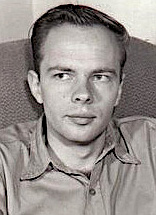
Author Philip K. Dick
Wondering if all Dick’s books are like this, I picked up library copies of his Eye in the Sky and The Cosmic Puppets (both 1957). The latter begins with a quiet, bucolic scene of children playing beside a porch. No rush. The former begins with an accident that causes injury, involving something called a “bevatron” and a “proton beam deflector.” No rush even there. For the most part, the vocabulary is ordinary in at least the beginning of these two. A little research turns up the fact that Dick first used the word “teep” (for telepath), for instance, in his story “The Hood Maker,” said to have been written in 1953, published in 1955, a year in which he used the same invented abbreviation in Solar Lottery.
Why is Ubik so different from other s-f books, even his own? Well, I had to persist to find out, and maybe you will too. I bet you’ll never guess where I found this book. I did not buy it. I found myself in a hand made hippie pad in the woods, dropped off by my husband Mel while he and one of the owners of the place went off to (I think) get wood for the winter. The other owner left with them or for some other errand, and I was alone in their kerosene-smelling dwelling, without anything to do. Wandering upstairs, I found bedding and pillows, and this book.

Not the actual house, but close
Since I hadn’t finished it by the time they returned, I borrowed it. This was the first really “science-fictiony” book I ever read. (I don’t count Flowers for Algernon, which I reviewed here on January 28, 1966, because that book has no assumptions out of the ordinary save one: that an experimental drug exists that can increase intelligence—no rocket ships, no bug-eyed monsters, no “vidphones.”)
Maybe Science Fiction Is Experimental Writing?
Anyway, persisting, I find myself in a future in which all the paranormal phenomena we humans have imagined are real and the foundation of industrial espionage and security, and the dead have a “half-life,” their brains wired into "consultation rooms" as their frozen bodies stand in caskets in a “moratorium," as above. The head of Runciter Associates, the company in crisis as above, must consult his dead wife Ella about the crisis. The “half-life” phenomenon, it is stated, “was real and it had made theologians out of” everyone. The citizens of this future are understandably prone to panic, to anxiety, to uncertainty.
Epigraphs for each chapter appear to be advertising for Ubik, which is variously represented as a “silent, electric” vehicle, a beer, a type of coffee, a salad dressing, a plastic wrap, etc. What is Ubik and where does it come from? No one knows. (Read the last epigraph in which it reveals its own nature to the extent it can.) Soon Runciter’s employees run into Pat, an “anti-precog.” It seems that she is an unusual practitioner of anti-precog[nition] in that she neither time-travels nor appears to do anything at all. But she changes the present and future by changing the past, leaving the affected people with little but (only sometimes) a trace memory of any previous present they have just experienced. Is all that strange enough for you? Wait! There's more.
There's Jory, dead at 15 years of age, who is on the wrong side of the struggle in the book between light, intelligence, and kindness, and greed, ignorance, and darkness. Keep an eye on him. His parents pay to keep his casket in the same areas as other "half-lifers," although his strong "hetero-psychic infusion" is clearly disturbing Ella Runciter and others.

Science-fiction satire?
Also keep in mind that in the previous year Kurt Vonnegut Jr.’s book God Bless You, Mr. Rosewater was published with a helmeted pig riding a unicycle on the cover and has been described as satire. Satire is seldom funny-ha-ha, but it is often funny. This book is occasionally funny-ha-ha, especially in the ridiculous clothing that appears to be popular in this dystopian future (1992).
For instance take this passage, in which an important space mogul enters wearing ”fuscia pedal-pushers, pink yakfur slippers, a snakeskin sleeveless blouse, and a ribbon in his waist-length dyed white hair.” OK, maybe that isn’t so far from what you might see now on Haight Street. But if this book were made into a movie, retaining Dick’s careful costuming would ensure it would be laughed off the screen.
The Cryonics Connections

Robert Ettinger in World War II uniform
Also notice that in 1967 the first person had been frozen, Professor James Bedford, preceded in 1962 by Robert Ettinger's book The Prospect of Immortality, in which he introduces the idea of cryonic suspension. Attempted cryopreservation of human beings was a real thing from then on. Which is part of what suggests that this book is satire as well as science fiction. And compare the plot of this book with that of Robert A. Heinlein's A Door into Summer, serialized in The Magazine of Fantasy & Science Fiction in October, November, and December of 1956 (published as a book a year later). In Heinlein's book a company executive is outmaneuvered and winds up in "cold sleep," waking up in the year 2000.
Mum's the Word
But anything more I write about the plot beyond what I’ve already written could well give away the plot. I can give you this hint, though, asked by the above-mentioned anti-precog (Pat) after most of the characters have experienced a bomb blast on Earth's moon: “Are we dead, or aren’t we?” And this one: the book makes it clear that human beings are so constituted that we can only know what our brains tell us (and, by the way, who is "us"?), which interpret what our senses (or in this book also our extra senses) send to it.
Oh, and one more thing. Oddly enough the last sentence in the book does not give anything away: "This was just the beginning." In any case I give it 5 stars out of 5 and recommend that you at least peek into it and see if it makes you crazy.
And Now for Something Completely Different
I'm going to tell you the truth about why my husband Mel and I spend so much time commuting between Humboldt County and San Francisco/Berkeley. It's The Book.

Good thing I've got a Selectric
The Book is dominating my life right now. I've spent many nights, holidays, any days I'm not working as a temp for Humboldt County, transcribing and writing as well as interviewing. For perhaps a year now I have been working with John Jefferson Poland, Jr., otherwise known (by his preference) as "F**k" Poland (or "Jeff"). After founding a sexual freedom "league" in New York City, he moved to Berkeley and founded similar groups there and in San Francisco, but insisting that a woman take up the cause and run the San Francisco group.
He wanted to produce a book on women in the sexual freedom movement–every variety from those who were brought all unwary to an SFL ("Sexual Freedom League") meeting or party to those who were/are leaders and spokeswomen for the cause.
I had done both interviewing and transcribing (the latter for a living), so it was mainly a matter of pointing me in the right direction and saying something like "go to it!" Jeff has been present at some of the interviews, in some cases commanded to be quiet so the women could speak for themselves.
"Meetings" are informational affairs in which leaders of the movement talk about the politics behind the parties and how they are conducted. "Parties" are what might be called orgies, with cheap red wine, a raised thermostat, and mattresses almost covering the floor of a Berkeley house. No man or men who seek entry without female companion(s) are admitted. It's heterosexual couples or single women only allowed. (Gays are excluded because two men could couple up and then only reveal themselves as straight predators of women when they are inside in the semi-dark and difficult to roust.)
And then there's me with my tape recorder, microphone, notebook, and voice, talking with women, making dates for interviews elsewhere and elsewhen. Real names are not used, except for one leader of the movement, Ina Saslow, who was arrested with Jeff during a nude demonstration on a public beach, then jailed, has her own chapter in her own words.

Empty theater, full stage
One night in San Francisco recently there was a party in an empty auditorium. The only celebrity attending was Paul Krassner, and he must have come with a woman, given the rules. Did he come with me? I'm so tired and busy right now I can't pull up the full memory. I mainly recollect standing with him behind a phalanx of mostly empty seats and watching the stage, on which were at least a dozen writhing couples. We agreed that it was an extraordinary sight. Oddly, I do not remember specifically whether he or I was wearing a full set of clothes at the time, but I think we were.
The Book is still in process. I will report progress when there is any, if desired. By the way, the book bears Jeff's name and my pseudonym as authors and is due to be published by The Olympia Press, Inc. (New York). Initial plans are to publish a hardback book with pictures of both authors/editors. Who wants to review my book when it comes out?
Ubik – A Second View

by Jason Sacks
Our dear editor has asked me to tack on a small response to Vicki’s review of Ubik, because I’m a huge fan of Mr. Dick’s work. I’ve read nearly everything he has written, and I feel that Martian Time-Slip, Dr. Bloodmoney and especially Do Androids Dream of Electric Sheep? are some of the finest science fiction novels of the '60s thus far.
On display in Ubik are all the elements which make Dick's work so transcendent and meaningful for me. We get miserable lead characters and subjective takes on reality; we get petulant children and time shifts and a weird, uncanny type of emotional resonance which only PKD can deliver.

I’m not going to dwell on the plot here, partially because my brilliant colleague has already done a great job summarizing this singular novel. And I’m also not going to dwell on plot because, well, this book has a plot, yeah it has a plot, but Ubik also has many plots, or no plots, or subtle plots, or infinitely recursive plots, or just some plotting that’s very particularly Phil Dick.
Am I making sense? I don't think I’m making sense….
And my lack of real coherence at this point is kind of appropriate, too. Because, like so many of Dick’s novels, Ubik has an incredible density of story; he presents layers and layers of events which build character and environment and plot and perceptions and problems, all tumbling and cascading upon itself in a kind of shambolic construction which constantly threatens to fall down upon itself. But all the while, as he seemingly casually is creating these seeming arbitrary events and twists, Dick gives readers these incredible moments, these flashes of insight, which reveal he has been managing his story well all along, until we amble to an ending which feels tremendously satisfying.
Ubik has a lot to do with psychics and psychic warfare between corporations who all aim to dominate each other. An attentive reader of Dick is well aware of his passion for both psychics and bizarre faceless corporations, but in Ubik he has created an elaborate, complex idea structure around the psychics – there are scales of precogs, and people who can cancel out precogs, and the literal rewriting of reality based on the work of the precogs, and a constant sense that nothing, absolutely nothing we see, is real — at the same time all of it is real.

Again Mr. Dick’s writings always make me sound like a madman when I try to describe them. The reviewer’s dilemma!
But that’s the transcendent mindset the author puts you in with Ubik. He grounds readers in reality and then just as quickly yanks reality away from readers. One minute he’s depicting home appliances which demand dimes to open a fridge and 50 cents to use the bathroom faucet. The next he’s describing a prosaic journey to the moon, no big deal just a regular day at the office. The next minute we are following the results of a human-shaped bomb and tracking survival, and we suddenly start seeing entropy appearing everywhere, and the whole thing just moves at the speed of an SST, though perhaps the pilot of the plane is going from New York to London by way of Shanghai.
Is this review vague enough? I apologize, reader. As Vicki points out, I could be more specific, but seriously, if this sounds at all up your alley, Ubik will be a tremendously memorable read for you.
Which leaves the very tough question of a rating for this book. If Androids Dream is the absolute apex of science fiction (and I think it is), this book is one rung slightly below that level – if only because no character is quite as vivid as that book’s complicated and completely memorable Rick Deckard. That is a five star book, which means I give Ubik…
4½ stars

![[May 22, 1969] News / Beginnings (Review of Ubik) / My Book (Preview)](https://galacticjourney.org/wp-content/uploads/2024/05/690522ubikcover2.jpg)


![[May 12, 1969] The Students are Revolting (the wargame <i>Up Against the Wall, Motherfucker</i>)](https://galacticjourney.org/wp-content/uploads/2024/05/690512upagainstthewall-1-672x372.jpg)


![[April 6, 1969] The Weight of History (May 1969 <i>IF</i>)](https://galacticjourney.org/wp-content/uploads/2024/03/IF-1969-04-Cover-500x372.jpg)

 A map showing the location of Chenpao/Damansky Island
A map showing the location of Chenpao/Damansky Island Chinese soldiers pose with their captured Russian tank
Chinese soldiers pose with their captured Russian tank The cover illustrates Groovyland and is credited as courtesy of Three Lions, Inc., but see below
The cover illustrates Groovyland and is credited as courtesy of Three Lions, Inc., but see below![[March 22, 1969] Flowers Are Better Than Bullets](https://galacticjourney.org/wp-content/uploads/2024/03/tinker-kids-1968-672x372.webp)


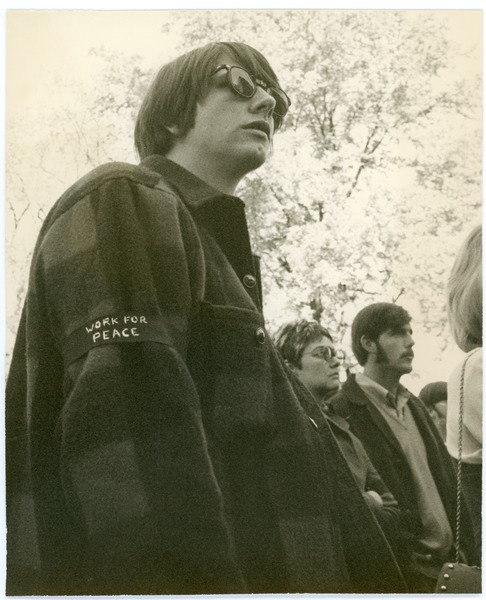
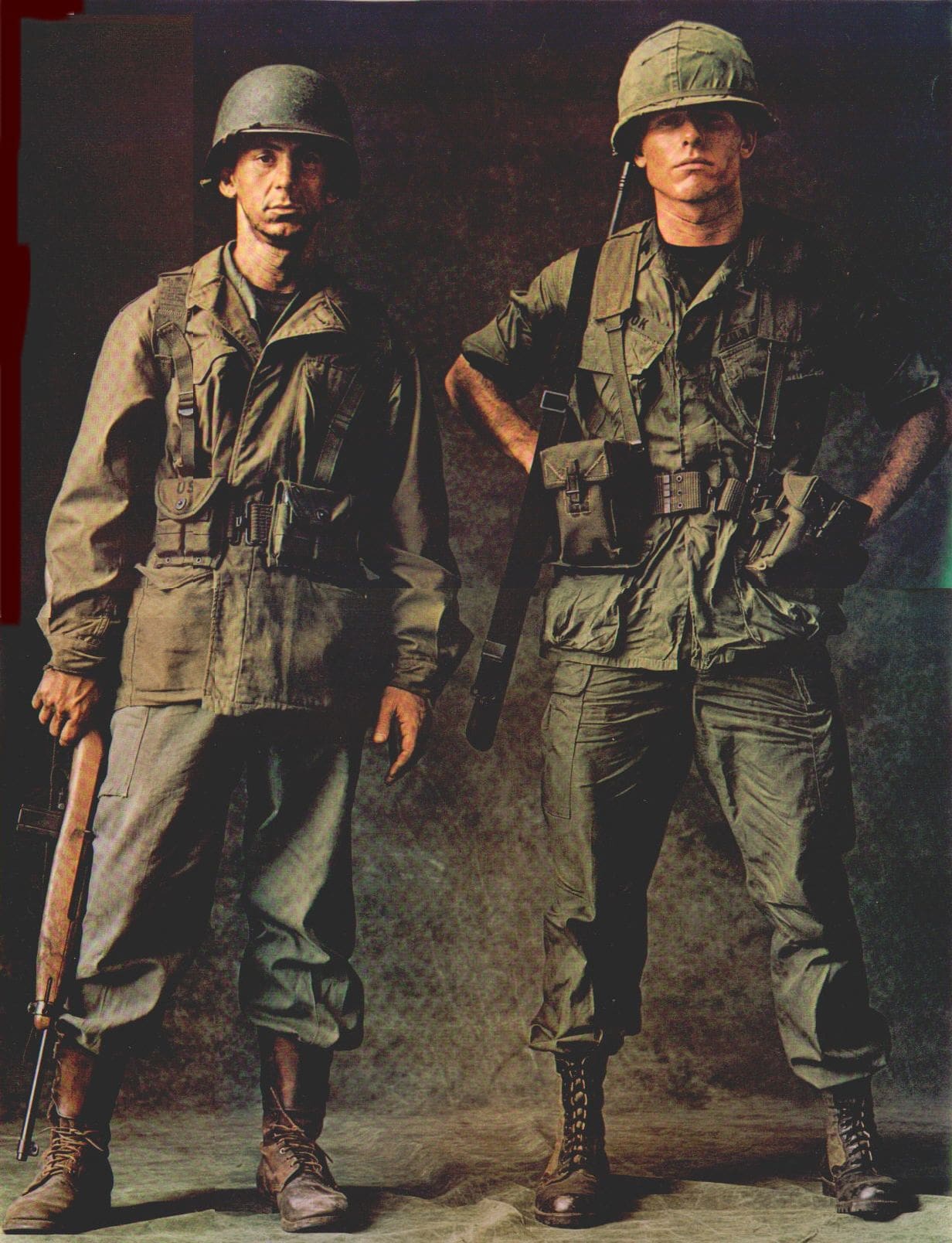


![[January 4, 1969] Not following through (February 1969 <i>IF</i>)](https://galacticjourney.org/wp-content/uploads/2023/12/IF-1969-02-Cover-570x372.jpg)
 The March of the One Hundred Thousand. The banner reads “Down with dictatorship. People in power.”
The March of the One Hundred Thousand. The banner reads “Down with dictatorship. People in power.”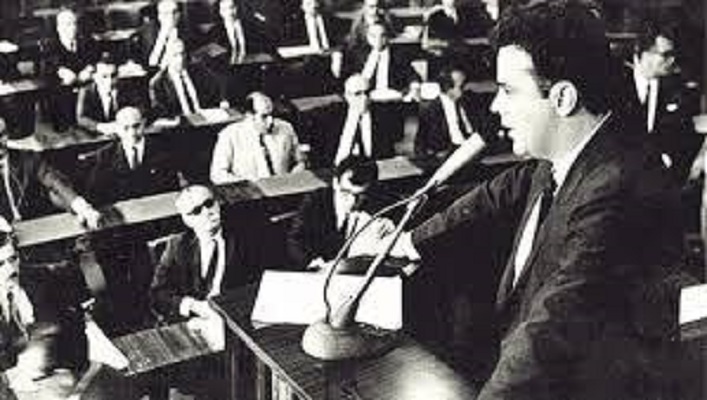 Márcio Moreira Alves delivering the speech that got him into trouble.
Márcio Moreira Alves delivering the speech that got him into trouble. Time travelers on their way to meet their ancestor. Art by Vaughn Bodé
Time travelers on their way to meet their ancestor. Art by Vaughn Bodé![[December 14, 1968] The Emperor's New Nehru](https://galacticjourney.org/wp-content/uploads/2023/12/Cardin-600x372.jpg)

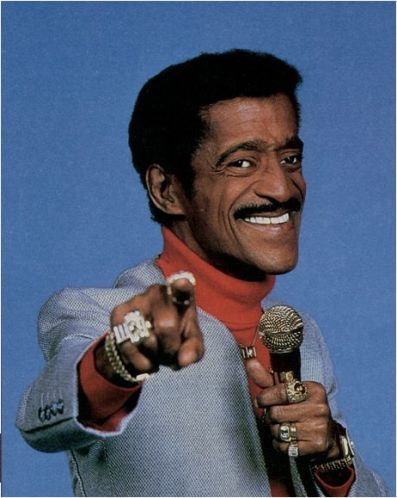



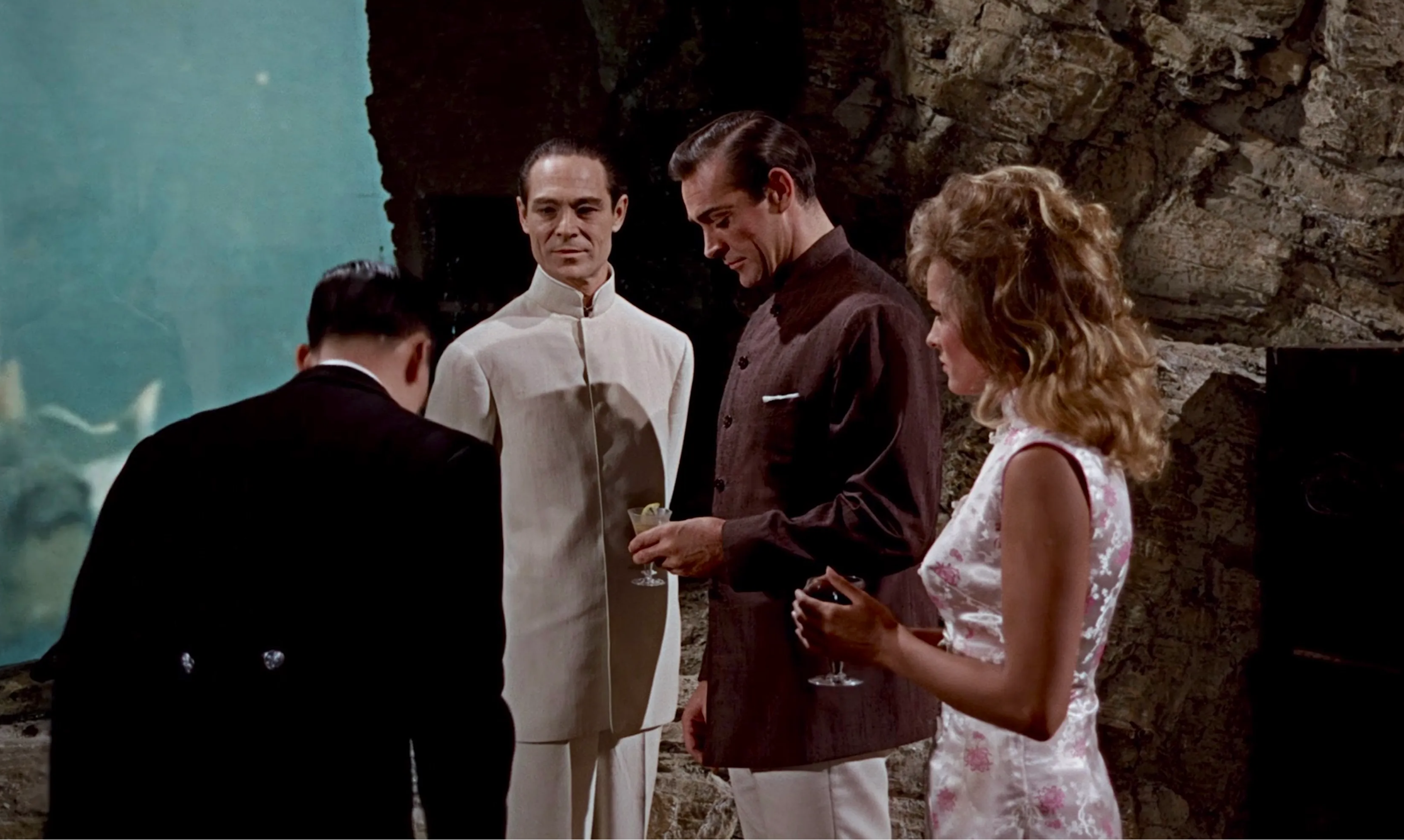

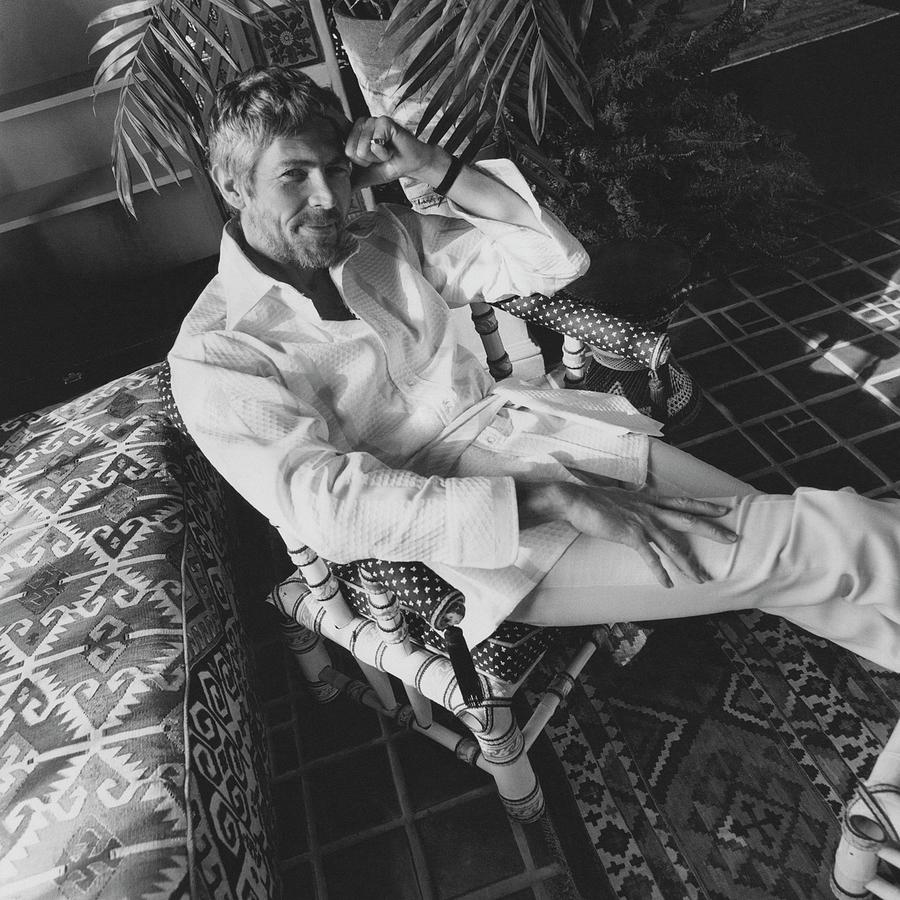




![[December 2, 1968] Forget It (January 1969 <i>IF</i>)](https://galacticjourney.org/wp-content/uploads/2023/11/1969-01-IF-cover-560x372.jpg)
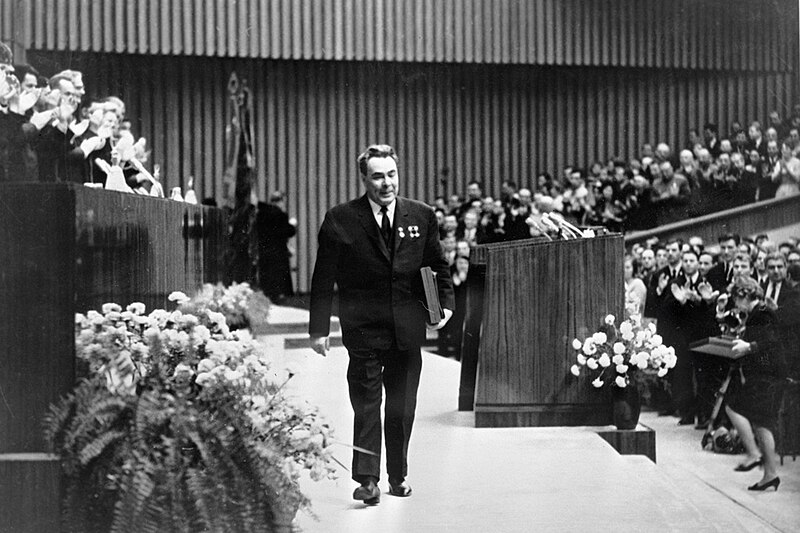 Leonid Brezhnev after addressing the Soviet Central Committee earlier this year.
Leonid Brezhnev after addressing the Soviet Central Committee earlier this year.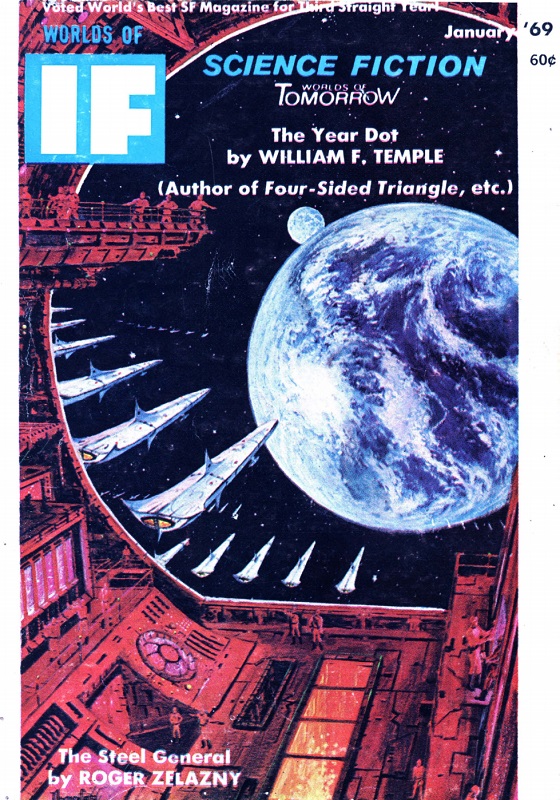 Just some random art not associated with any of the stories. Art by Chaffee
Just some random art not associated with any of the stories. Art by Chaffee![[November 20, 1968] Transitory and lasting pleasures (December 1968 <i>F&SF</i>)](https://galacticjourney.org/wp-content/uploads/2023/11/681120cover-672x372.jpg)




![[September 22, 1968] Pageantry and Picket Signs](https://galacticjourney.org/wp-content/uploads/2023/09/59724995ab6cf.image_-672x372.jpg)

